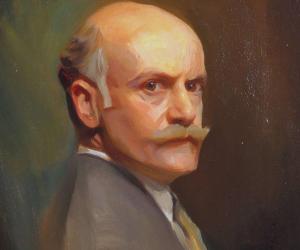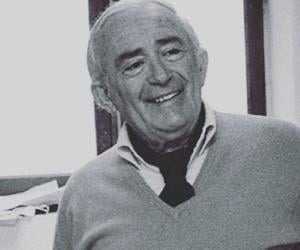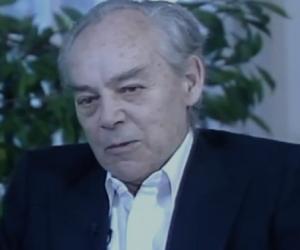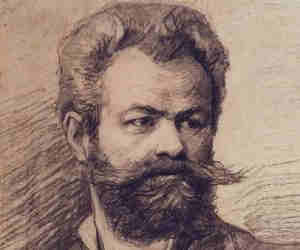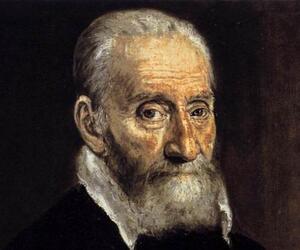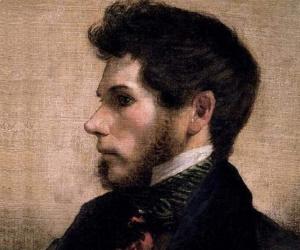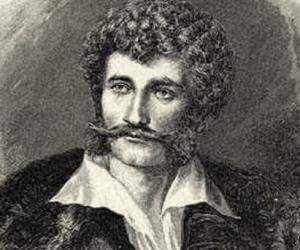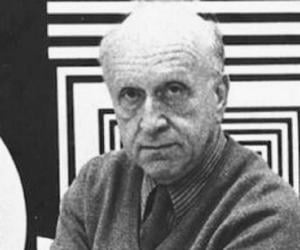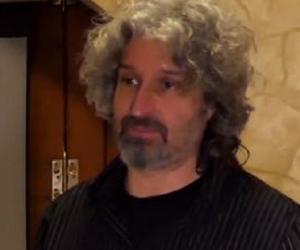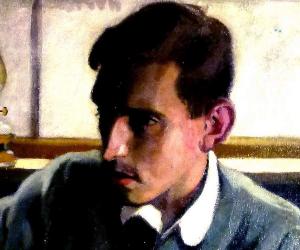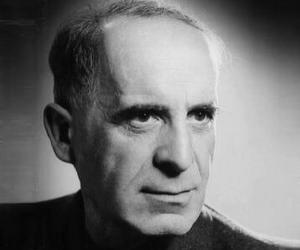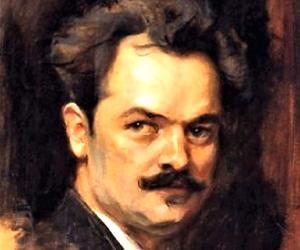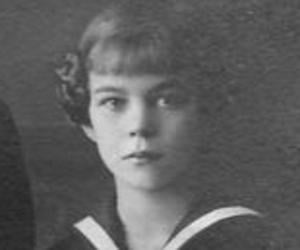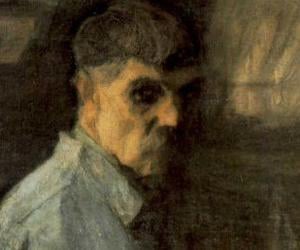1
Brassaï
(Photographer, Artist and Writer Known for His Dramatic Photographs of Paris at Night)
Birthdate: September 9, 1899
Sun Sign: Virgo
Birthplace: Brașov, Romania
Died: July 8, 1984
Brassaï was a versatile Hungarian-French artist known for his work as a photographer, sculptor, medalist, writer, and filmmaker. Rising to international fame in France during the 20th century, he was part of a wave of Hungarian artists who found success in Paris between the world wars. Scholars gained valuable insights into his later life and career from the discovery of over 200 letters and numerous drawings dating from 1940 to 1984, shedding light on his artistic development and experiences during that period.

